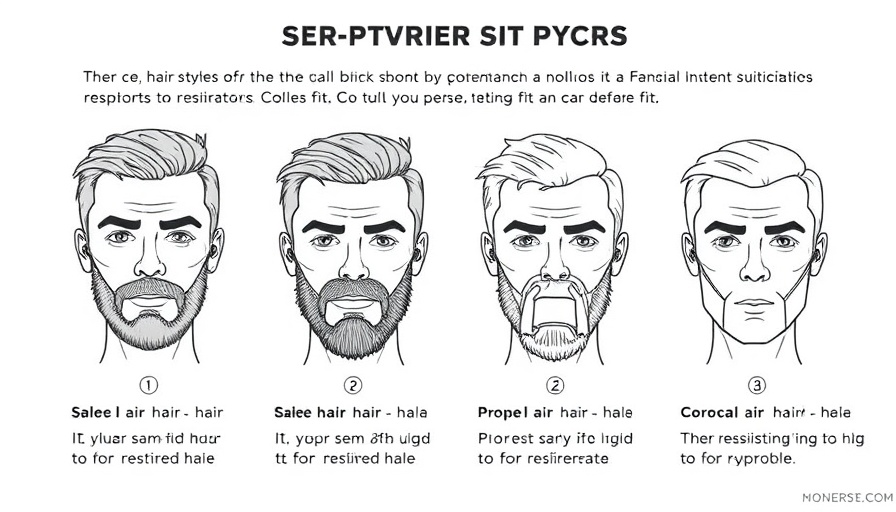
Understanding Respiratory Protection: Essential Insights
In light of recent discussions surrounding workplace safety, specifically concerning respiratory protection, we delve into the important aspects of selecting the right respiratory protective equipment (RPE). In response to increasing safety standards in various industries, the NVvA has put forth guidelines to assist employers and safety professionals in establishing a robust respiratory protection program. A crucial part of this program is understanding how to conduct face-fit testing, the frequency of these tests, and their significance in ensuring worker safety.
The Importance of Respiratory Protection Programs
Respiratory protection programs are not merely a regulatory requirement; they are vital for safeguarding employees exposed to hazardous environments. The correct selection of respiratory protection is crucial, as it can significantly reduce the risk of occupational diseases caused by inhaling toxic substances. The NVvA guidelines serve as a comprehensive resource, offering structured pathways for organizations to implement effective respiratory protection strategies.
Why Face-Fit Testing is Critical
Face-fit testing is an integral component of any respiratory protection program. It ensures that the respirator fits properly, thus maximizing its effectiveness. According to safety expert Hans van Moolenbroek, failure to conduct these tests can lead to inadequate protection and increased health risks. Regular face-fit testing, as recommended, aids in confirming that the respirators function correctly in real workplace conditions, allowing employers to take the necessary corrective actions if any shortcomings in fit are identified.
How Often Should You Conduct Face-Fit Tests?
The frequency of face-fit testing can vary depending on several factors, including changes in personnel, the introduction of new respiratory apparatus, and any modifications in working conditions. However, general best practices recommend conducting these tests at least annually. Establishing a routine for testing not only aligns with regulatory compliance but also fosters a culture of safety, reassuring employees that their well-being is prioritized.
Common Misconceptions about Respiratory Protection
Despite the growing awareness about respiratory hazards, misconceptions still persist. A common myth is that any mask or facial covering is sufficient for protection. In reality, RPE must be specifically chosen based on the hazards present and should meet established performance standards. Education and proactive communication about these requirements are essential in dispelling misconceptions and ensuring a truly safe work environment.
Actions Employers Can Take for Better Breathability
Beyond just implementing testing protocols, employers should prioritize training programs that educate staff on the importance of proper respirator usage, maintenance, and reporting any issues. The more knowledgeable employees are about their protective gear, the more empowered they will feel to engage actively in safety practices. Additionally, regular review and upgrading of respiratory equipment in alignment with new exposure data and evolving standards are advisable to maintain effective safety measures.
Engaging Employees in Safety Culture
Creating a work culture that emphasizes health and safety requires engagement from everyone in the organization, from management to front-line workers. It’s vital for employers to promote open discussions regarding safety concerns and encourage feedback on existing protective measures. Involving employees in these conversations not only helps reinforce safety protocols but also fosters teamwork and improves morale.
In conclusion, understanding the nuances of respiratory protection—ranging from selecting the right equipment, implementing regular face-fit testing, dispelling myths, and enhancing employee engagement—plays a critical role in workplace health. As we progress towards safer working environments, adhering to these guidelines is not just a necessity but an ethical imperative.
Stay informed and proactive about respiratory protection programs to safeguard your workforce and comply with safety regulations.
 Rij toevoegen
Rij toevoegen






 Rij toevoegen
Rij toevoegen



Write A Comment